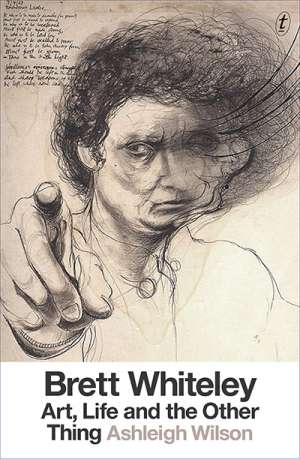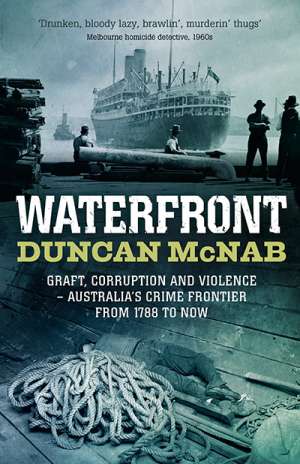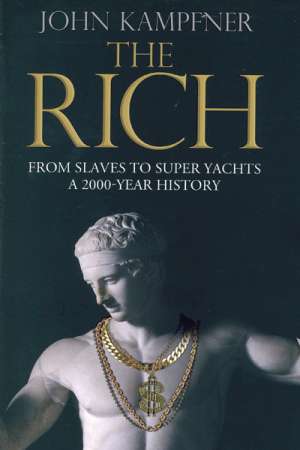Simon Caterson
Simon Caterson reviews 'Code Breakers: Inside the shadow world of signals intelligence in Australia’s two Bletchley Parks' by Craig Collie
In architectural terms, if no other, the Australian counterpart to the famous World War II code breaking centre at Bletchley Park initially could not have been more different. While Alan Turing and his celebrated colleagues cracked the German Enigma code at a secluded mansion in the English countryside, Australia’s code breakers began working out of a nondescript ...
Simon Caterson reviews 'The Fabulous Flying Mrs Miller: An Australian’s true story of adventure, danger, romance and murder' by Carol Baxter
Among the glittering generation of pioneering aviators and aviatrixes of the 1920s and 1930s, Jessie ‘Chubbie’ Miller stands out as remarkably adventurous. Carol Baxter’s highly readable biography provides an engaging portrait of a young suburban housewife who decided, quite literally, to make her own way in the world. As Baxter acknowledges, for a biographer ...
Simon Caterson reviews 'Brett Whiteley: Art, life and the other thing' by Ashleigh Wilson
Notwithstanding the fact that he died alone in a hotel room following a heroin overdose at the age of fifty-three, Brett Whiteley led what for an Australian artist ...
... (read more)Simon Caterson reviews 'The Book of the People: How to read the Bible' by A.N. Wilson
According to A.N. Wilson, the Bible is badly misread by those fundamentalists, whether believers or atheists, who choose to read it in a literal-minded way rather than as ...
... (read more)Simon Caterson reviews 'Waterfront: Graft, Corruption and Violence: Australia's crime frontier from 1788 to now' by Duncan McNab
The Australian way of life has been much influenced by the proximity of most of the population to the coast. While we often think of the sunny side of that existence in terms of the beach, certain shadier aspects of the Australian experience have been shaped at the docks.
'Australia's major ports have been the birthplace of the nation, home to the tight-knit ...
Simon Caterson reviews 'The Challenge of Things: Thinking Through Troubled Times' by A.C. Grayling
As a liberal-minded, London-based philosopher prepared to engage in the mainstream press with major topics of the day, A.C. Grayling is always up for a challenge. Although much of Grayling's commentary conforms to the classical liberal view of things, now and then logic dictates that he takes a stance that may seem radical in those terms.
...Simon Caterson reviews 'Australian Catholic Lives' by Edmund Campion
‘Most history is simply lost.’ By means of a regular biographical column in the Jesuit magazine Madonna published over the past twenty-five years, Father Edmund Campion has preserved pieces of Australian personal history that might otherwise have been neglected, if not forgotten altogether. In this, the author’s second collection of biographical sketche ...
With her long-awaited life of Archbishop Daniel Mannix, Brenda Niall, one of Australia’s leading biographers, has conquered a subject that for decades she regarded as compelling yet ‘intractable’. ‘As a presence (I wouldn’t claim such a remote and magisterial being as a neighbour) Daniel Mannix was part of my childhood,’ Niall recalls. She grew up in the ...
Just how different are the rich from everyone else? F. Scott Fitzgerald wrote in a 1926 short story that they are ‘soft where we are hard, and cynical where we are trustful, in a way that, unless you were born rich, it is very difficult to understand. They think, deep in their hearts, that they are better than we are because we had to discover the compensations and refuges of life for ourselves.’
... (read more)To judge by John McLaren’s thought-provoking survey of 200 years of writing about Melbourne, the city’s most insidious negative feature for many observers – wrong-headed though they may be – is dullness. In George Johnston’s My Brother Jack (1964), the narrator David Meredith rails against the suburbs as ‘worse than slums. They betrayed nothing of anger or revolt or resentment; they lacked the grim adventure of true poverty; they had no suffering, because they had mortgaged this right to secure a sad acceptance of suburban respectability that ranked them a step or two higher than the true, dangerous slums of Fitzroy or Collingwood.’ In affluent suburbs like Malvern, Graham McInnes in The Road to Gundagai, a memoir first published in 1965, saw ‘immense deserts of brick and terracotta, or wood and galvanised iron [that] induce a sense of overpowering dullness, a stupefying sameness, a worthy, plodding, pedestrian middle-class, low church conformity’.
... (read more)









